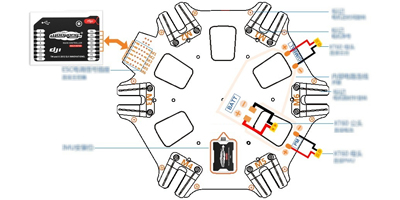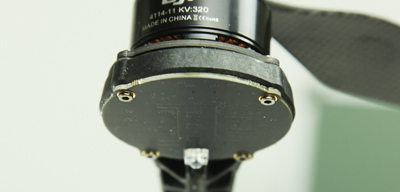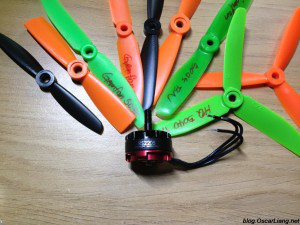The Warlark comes packed with features for a micro brushed quad, like OSD and Cleanflight. It generally flies well in the house, although it is a little bit twitchy and the VTX is prone to overheating if you don’t start flying within a couple of minutes (I sat around adjusting the OSD for a while and learned the hard way that the VTX overheats without air flow, and then shuts down the whole quad).
Specifications
WarLark 80 Micro Quad
Wheelbase: 80mm
Weight: 36.6g (with battery but without canopy), 38g (with battery)
Flight controller: Scisky Micro F3 Brushed FC+ receiver +VTX 25MW +Camera
Firmware version: Cleanflight 1.3.0
Motor: 0716 Brushed Motor
Prop Size: 35mm 4-blade prop
Battery: 250mAh~300mAh 3.7V (Recommend Tattu 3.7V Lipo battery)
Receiver: Built-in Frsky compatible 8ch SBUS receiver/ Flysky receiver/ DSMX/DSM2 receiver/Futaba SFHSS
OSD: VTX comes with an OSD
Camera: 600TVL HD CMOS 1/4 inch Camera
AV Wireless Transmitter: 5.8g 25mw 40CH
Flight time: 5 minutes
And next let me have a detailed introduction about WarLark 80 Micro Quad.
Frame
The frame is very durable, well made and designed with one major exception. The USB port is positioned very close to and right behind one of the frame members. This prevents a USB plug from lining up with it sufficiently to plug in. The only way I was able to get mine to plug in was to actually flex the frame a bit. That worked, but when you let the frame relax, it places upward tension on the plug which is transferred to the port on the board. In retrospect I should have shaved a little of the housing of the plug I was using. The frame member cannot be moved down as it would interfere with the placement of the battery.

Motors
This machine comes with 0716 Brushed Motors installed. So far they have been reliable and are adequate for the job. These motors plug into the FC so you don’t have to solder them. I have not (yet) seen replacement motors so I can only assume they are shipped with connectors already soldered to the wires.
Camera
This camera is somewhat proprietary in nature. The camera PCB is constructed with small “ears” on each corner so that it will fit into the mounting system (which is adjustable). The bottom two ears fit into slots in a piece that screws to the bottom of the two front ducts. By loosening these two screws the holder can be moved down and the camera rotated to any of five positions for optimum viewing angle.
Battery
Mine was supplied with a 1S 300mAh 35C battery, and I recommend Tattu 3.7V Lipo battery. The battery comes down hot. Even during “mild” flying, the battery is very very warm. It also appears to be puffed slightly after each flight. Some of this may be “normal” just because of the high current drain from such a small battery.

This is a very good little flyer. The frame is strong and it’s very stable and forgiving.
Overall, even with all the little issues, this is a lot of fun to fly. However, given the issues with the camera, and the frame, I am not sure I could recommend this quad.















